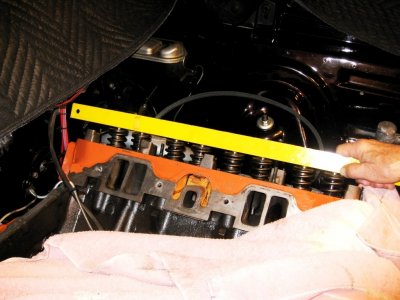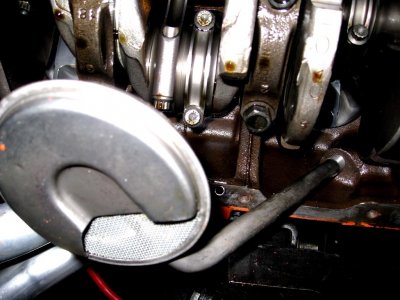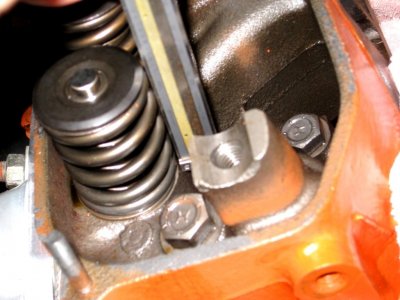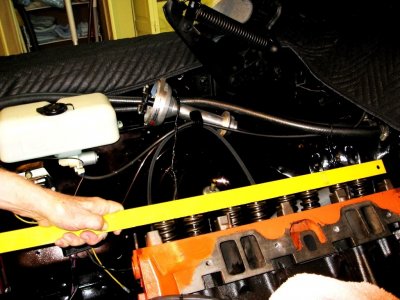If this was mine, or a customer's of mine, I would be pulling the entire engine for the reasons mentioned. You have shrapnel that's been run through it. Most of it's aluminum but aluminum can clog the pickup too if there's enough of it.
So yes, it's a pocketbook thing. Pay now, or pay now AND later. Fact is you bought the car and the engine has issues. I'd want to know how deep they went before I bought more stuff, put it back together, and merged onto a highway with the family.
You can check stem heights by removing the rockers and laying a straight edge over the valve tips. If they are not even, I'd pull the engine with the expectation of at least stripping it bare, cleaning it, and carefully inspecting and reassembling it. That's because what you have already are a couple signs the guy that screwed it together last time did not have an eye to quality, and was ignorant of the basics. If the stem heights are off it means the machinist was cut from the same cloth and I'd want to fix the other issues it will inevitably will have.




















